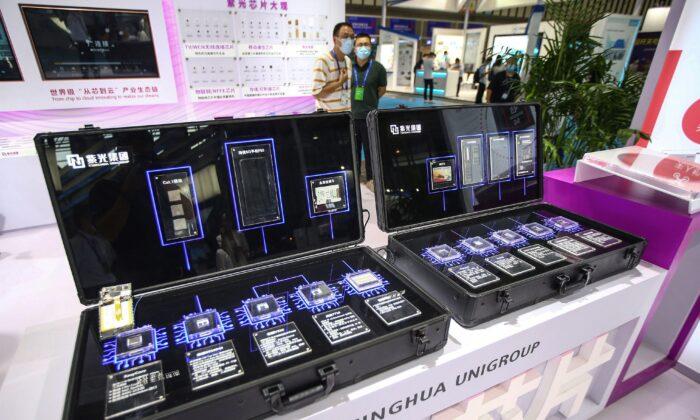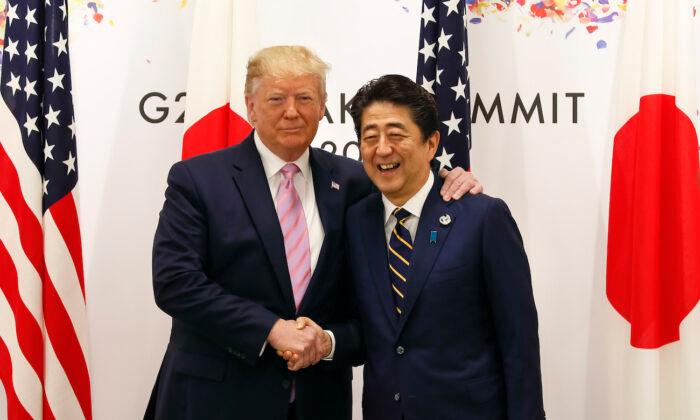A nine-month-old chipmaking project in China’s southern Guangdong Province has ceased operations, according to Chinese media outlets.
Guangzhou Haixin Semiconductors, which was launched on March 18, has closed its doors recently.
So far, the chipmaker has not provided an explanation.
Wave of Project Closures Following ‘Chip Fever’
China is currently heavily dependent on imported semiconductor chips, which are used in nearly all electronic systems, from computers and cellphones to missiles and fighter jets. In recent years, deteriorating U.S.-China ties have prompted the Chinese regime to develop the country’s chip industry.Accordingly, governments at all levels rushed to roll out favorable policies to stimulate the chip industry and new semiconductor projects have mushroomed.
However, a series of semiconductor project failures could end the nationwide “chip fever.”
On Aug. 28, local authorities in Wuhan city, Hubei Province confirmed that Wuhan Hongxin Semiconductor Manufacturing Co. closed down due to capital chain rupture.
The Wuhan Hongxin project allegedly received an investment of 128 billion yuan (about $19.6 billion), which was labelled as a “star” project by the local government.
In May 2020, Tacoma (Nanjing) Semiconductor Technology Co. was ordered to file a request for liquidation and bankruptcy by a local court in Nanjing city, Jiangsu Province. Tacoma was established in December 2015 and allegedly received a total investment of $2.5 billion.
In early 2019, Guizhou Huaxintong Semiconductor Technology Co. closed down. The company was a joint-venture set up in 2016 by U.S.-based chipmaker Qualcomm and the Guizhou provincial government.
According to the Chinese enterprises database Tianyancha, from Jan. 1 to Oct. 27, China’s integrated circuit (IC) sector increased by 58,000 this year, with an unprecedented growth of over 30 percent. This means that nearly 200 new IC companies were registered in China each day.
Wang Zhijun, vice minister of China’s Ministry of Industry and Information Technology, stated at a national development and planning forum on Nov. 28 that the CCP has blindly invested in China’s chipmaking industry that has only produced incomplete projects, according to Chinese news portal Sina.





